Poco M3 Pro is a new budget 5G smartphone in the Indian market. The M3 Pro starts at a price point of Rs. 13,999 in India, which makes it a tough competitor in the budget market. The phone shares the same features as Redmi Note 10 5G, therefore, you can call it the Indian Avatar of the Redmi Note 10 5G. Unlike phones from other brands like iQOO and OnePlus, Realme 8 and Poco M3 Pro are offering more than two 5G bands. However, due to the availability of 5G on the phone, you will have to compromise with certain things. So is it a good phone to buy? If you are looking to buy Poco M3 Pro, then this review article will help you make the decision. Here we will be giving a detailed review of the phone, along with its pros and cons to help you decide whether you should buy this phone or not.
Box Content
- Poco M3 Pro 5G handset
- 18W charging brick
- USB-C cable
- SIM ejector
- Protective TPU case
- User manuals and warranty literature
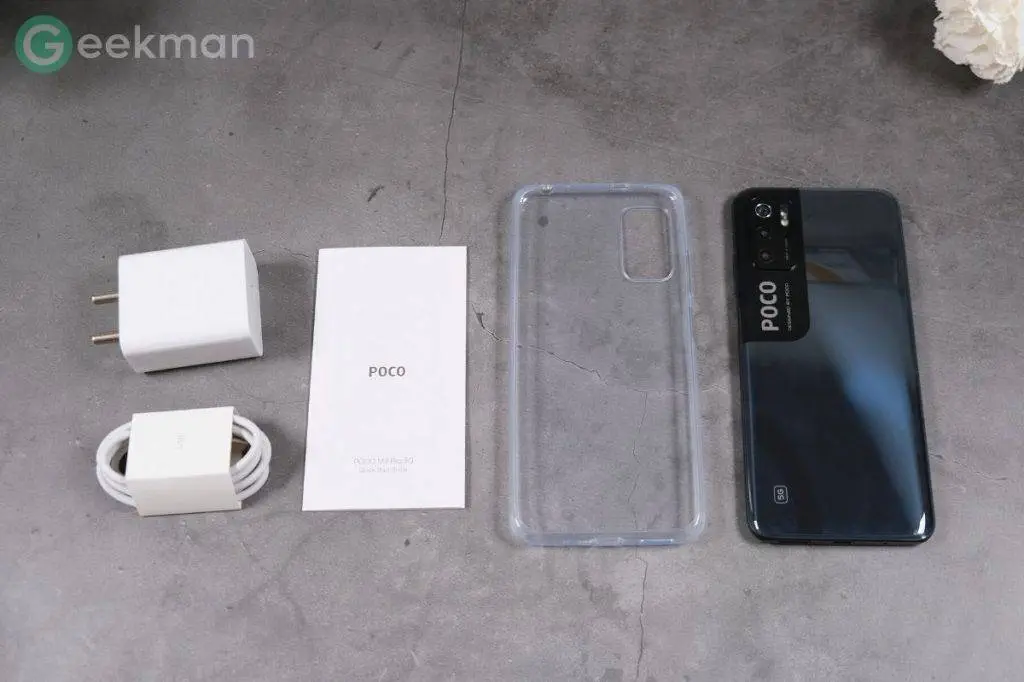
Design & Build
Poco M3 Pro comes in three colors- Blue, Black, and Yellow. All three color variants of the phone look stylish. However, the back of the phone may attract fingerprints, because the back is made up of plastic with a glossy plastic coating. Though the phone has a plastic back, it looks and feels premium. Do note that the back of the phone can be easily scratched because it is made of plastic, so you will need a good case to protect it. Inside the box, you will get a decent transparent TPU case, but you can buy yourself a better back cover to protect your phone.
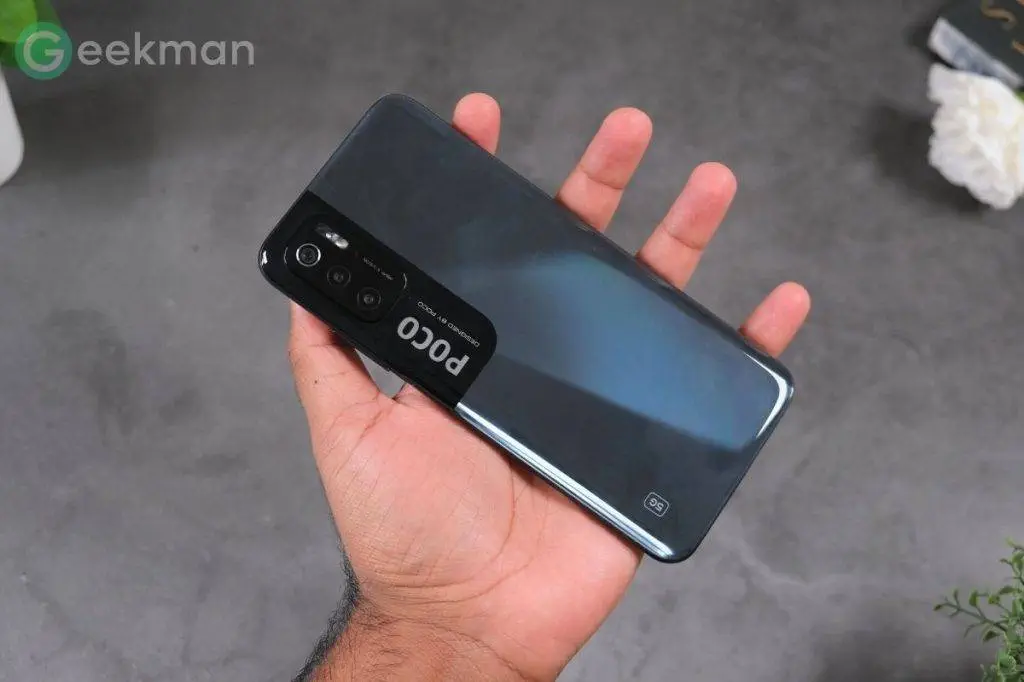
Talking about the camera module, Poco M3 Pro shares the same camera module design as Redmi Note 10 5G. You will see POCO branding in big letters, which looks good with the design of the phone. However, I personally don’t like such big branding on the phone.
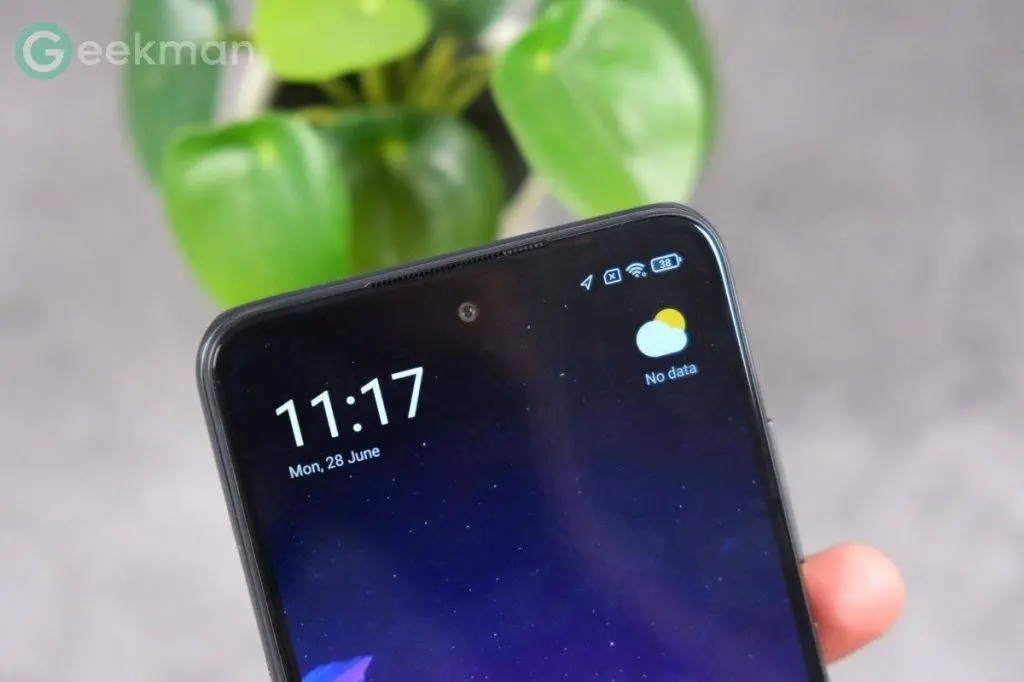
Coming to the front side of the phone, the front side is similar to the front of the Redmi Note 9 Pro and Redmi Note 10. The display is protected by Gorilla Glass 3. Bezels are minimum on this phone, but the chin is a bit large. The front camera lies in a punch-hole setup, which gives a premium feel to the phone.
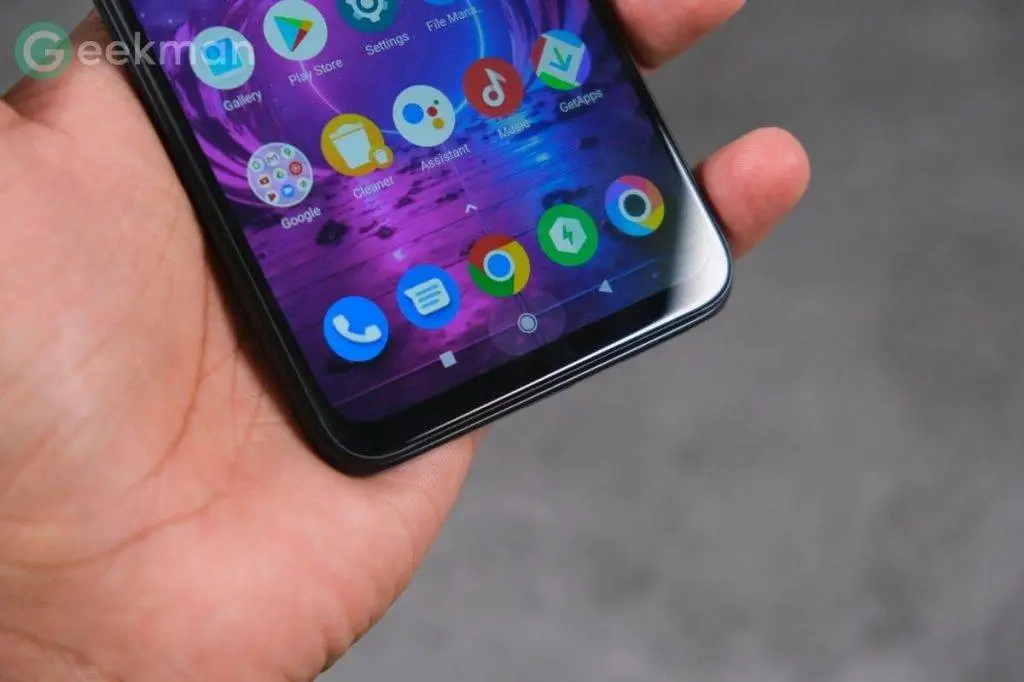
The build quality of the phone is also good. The side of the phone is made up of an aluminum frame. The back is slightly curved, so the device is quite comfortable to hold. There is nothing to complain about with this phone in terms of design and build. There is a headphone jack available on top of the phone. There is a USB Type-C port and a single speaker setup. You will see a side-mounted fingerprint sensor on this one, which is quite fast and responsive.
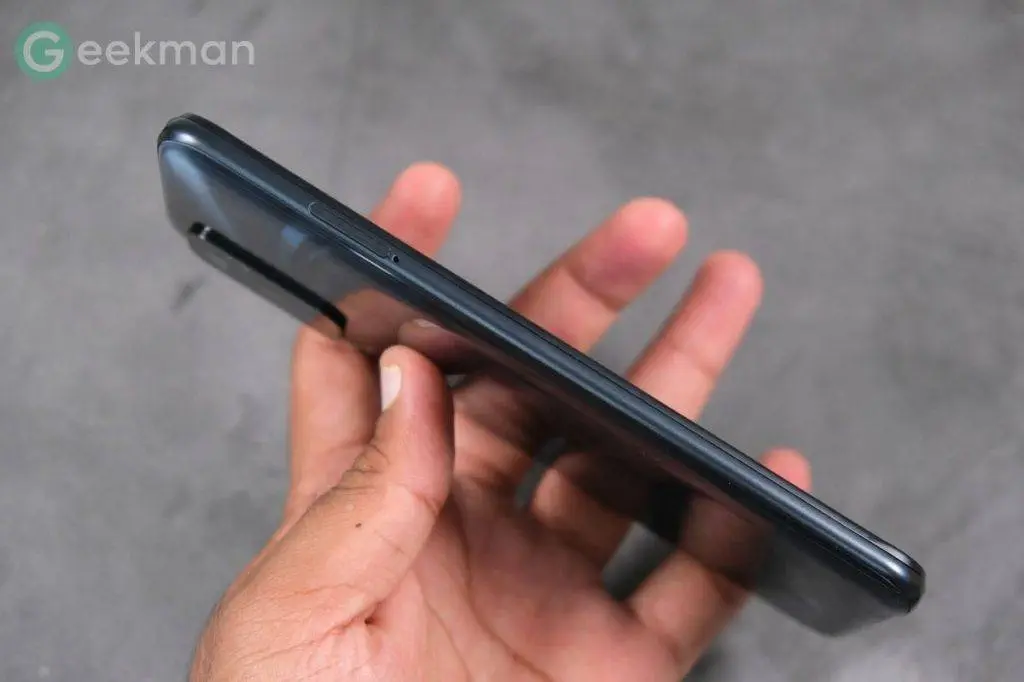

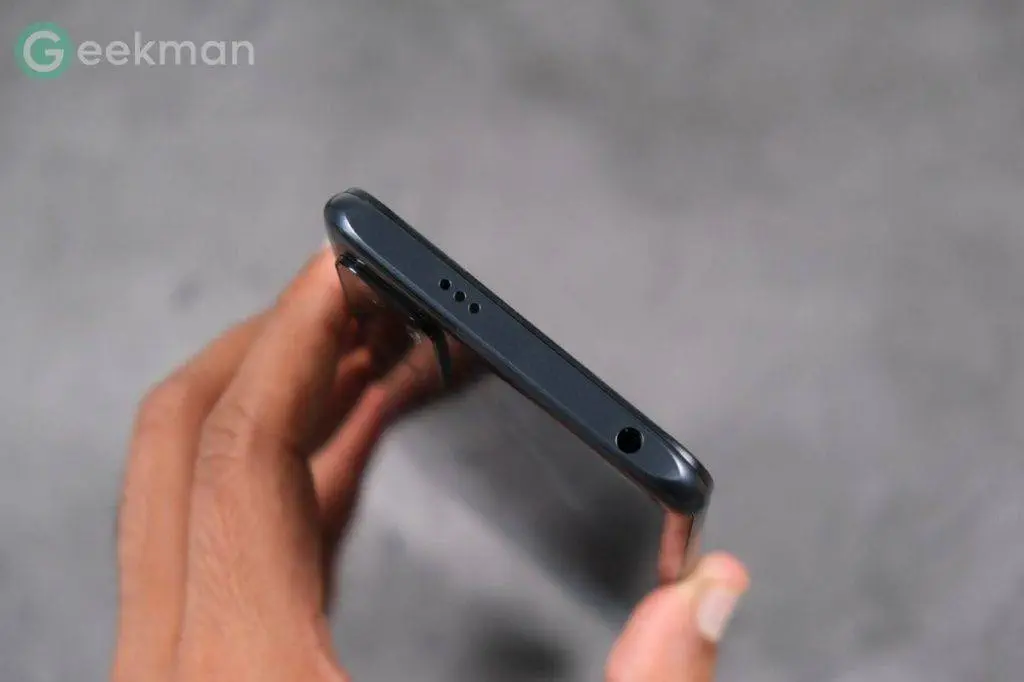
Display
You will have to compromise in terms of display due to the availability of 5G. The phone comes with a 6.5inch FHD+ LCD panel. The display has a refresh rate of 90Hz and a peak brightness of 500 nits. You won’t be seeing the AMOLED panel on Poco M3 Pro. The brightness of the display is good, but the colors don’t feel much vibrant, and you will easily notice it while watching movies, or videos. HDR is also not supported on the device. However, the 90Hz refresh rate supported by the display offers a smooth gaming experience. The display on this device is decent, but yes there are compromises done to provide 5G on the phone.
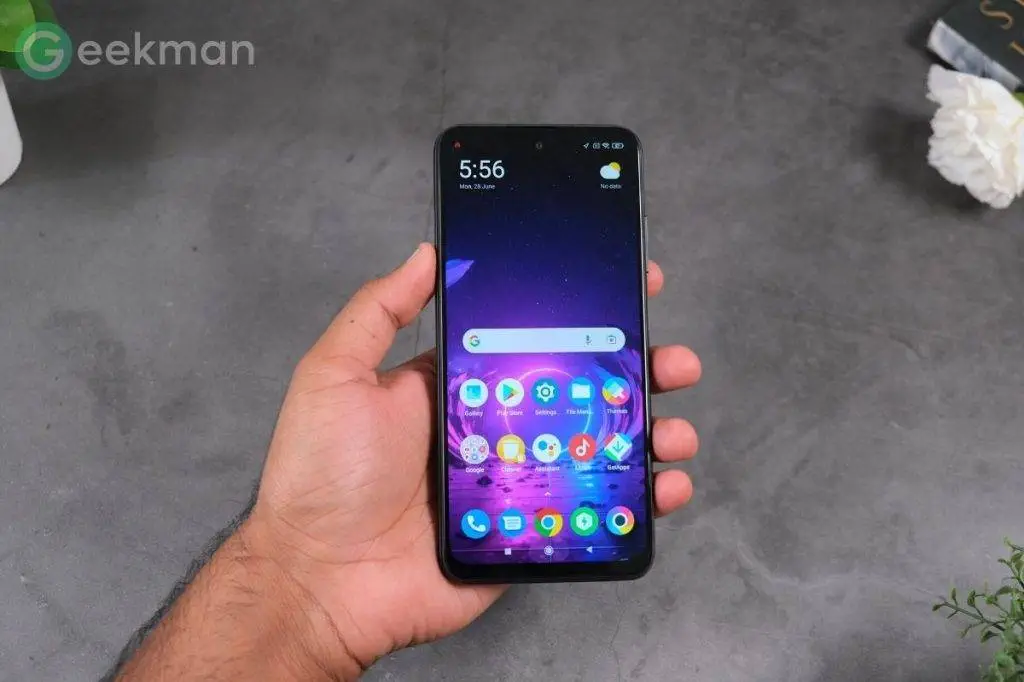
Performance
Phones from Poco offer good performance, and the same can be said for Poco M3 Pro. Coming with MediaTek Dimensity 700 chipset, you can expect better performance from the phone. Moreover, the phone has two RAM options, i.e., 4GB RAM variant and 6GB RAM variant. The phone has UFS 2.2 storage, along with 1TB expandable memory.
With regular usage, the performance of the phone is smooth.
However, when multitasking, apps can take some time to load, but you won’t see any performance drop. The Dimensity 700 is a powerful processor, therefore the phone is also powerful considering its price.
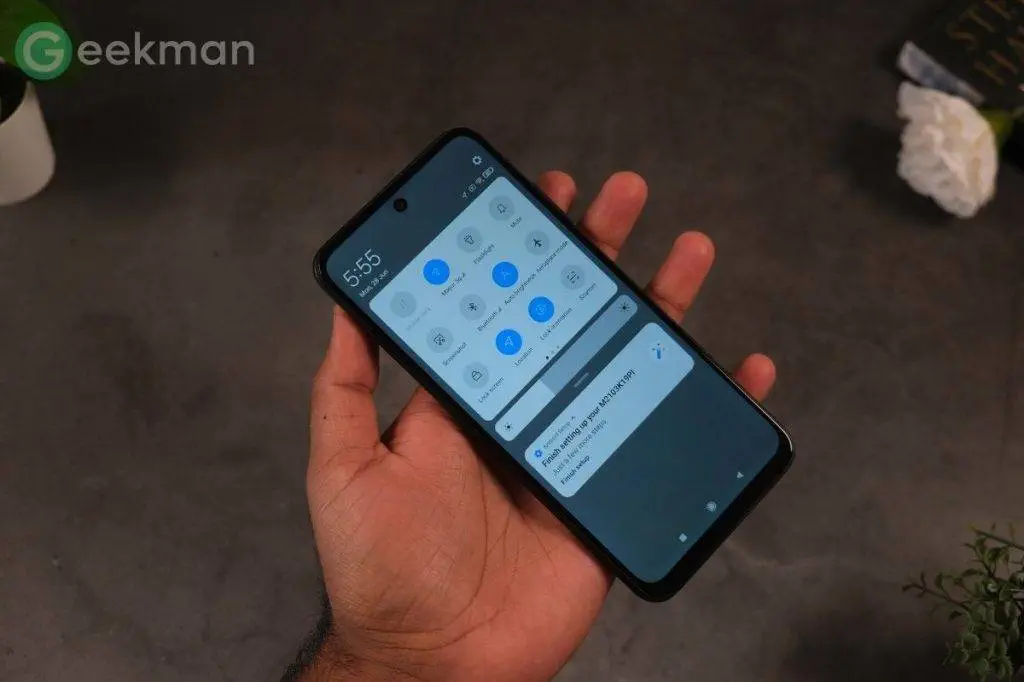
I played COD Mobile and Asphalt 9 on this phone, and even after 1 hour of the gaming session, I didn’t notice any frame drops and performance drops. However, do note that you will be able to play COD Mobile and BGMI with a high frame rate at the medium setting. Considering the price, the gaming performance on the phone is optimal, but if you are specifically buying this phone gaming, then you can increase your budget and go for IQOO Z3, Poco X3, or Realme Narzo 30 Pro.
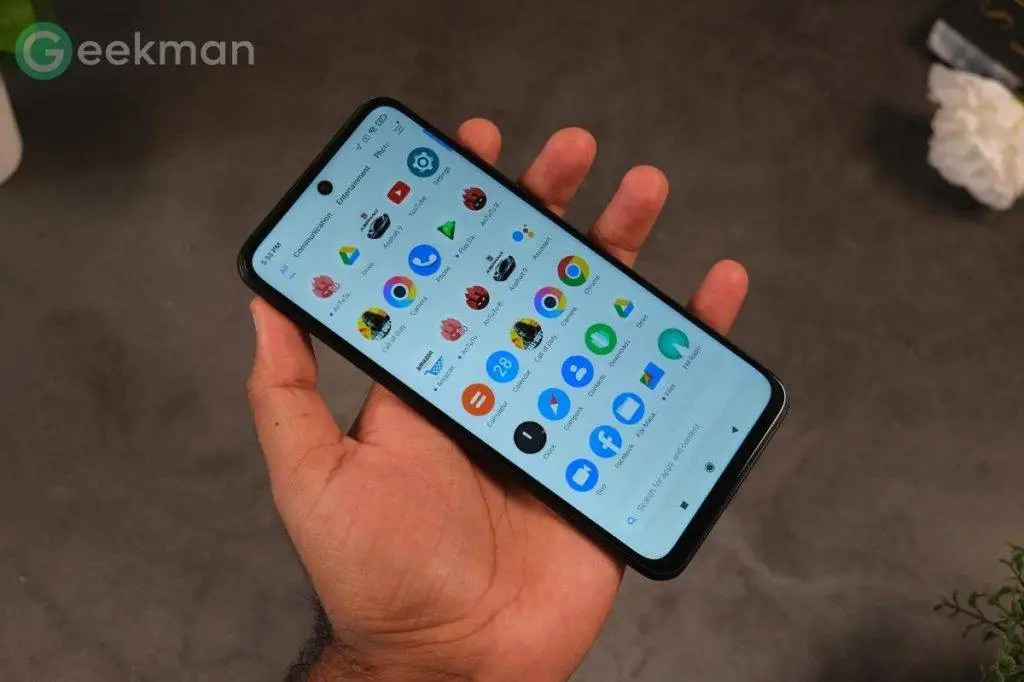
Out of the box, the phone comes with Android 11 with MIUI 12 on the top. The phone has MIUI for the Poco launcher. The good thing is that you won’t be seeing any ads on the interface, and this is what I like about the phone. Yes, there are some third-party apps and bloatware pre-installed on the phone, but you can uninstall them.
Battery
On the battery department, it has a 5,000mAH battery. If you use the 4G network on this phone, then with moderate use you can expect one and a half-day of battery life. With 2-3 hours of watching content on Youtube, or playing games, the phones can offer a battery life of up to 1 day. The phone supports 18W charging speed, and you will get an 18W charging adapter inside the box. The phone can be completely charged in 1.5 hours, which I feel is pretty slow. Poco should have included a 33W charger inside the box.
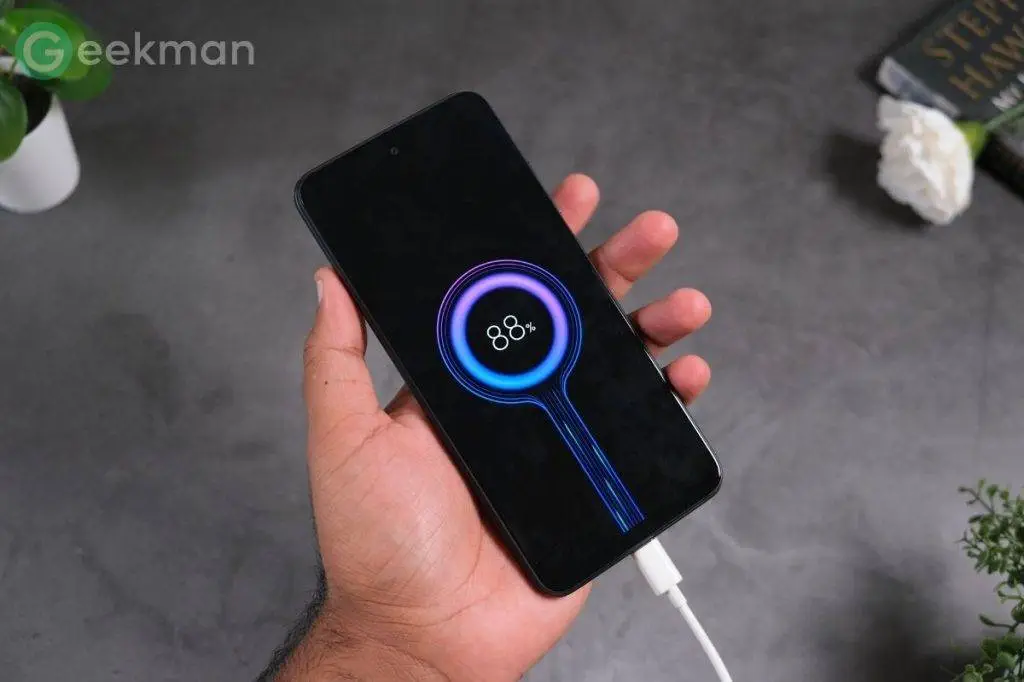
Camera
You will have to compromise with the camera on Poco M3 Pro. The phone comes with a triple rear camera setup. The main camera of the phone is a 48MP sensor. The other two cameras include a 2MP depth sensor and a 2MP macro sensor. The phone does not have a wide-angle sensor on board. Of course, we cannot expect a wide-angle camera at this price range. The macro and depth lens doesn’t perform well, but the main camera takes decent shots in daylight. The main camera is what you can say average because cost-cutting is done to provide 5G connectivity on the phone. Colors don’t feel natural on the phone, and there is some problem with the exposure as well. When clicking shots in medium light or a cloudy environment, photos will miss details, and you will notice noise in the photos.
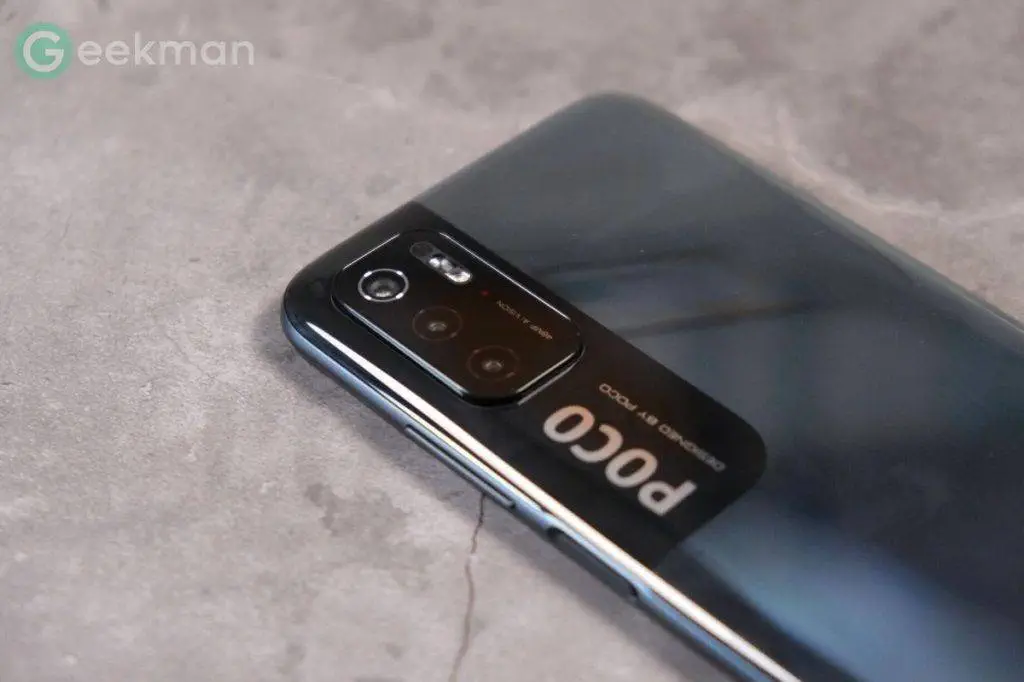
The low light performance of the camera isn’t really good and it misses the details. There will be noise in the photos clicked in low lighting, which I am not surprised about. Almost all the phones coming under Rs.15,000 (except for Redmi Note 10) struggle with clicking shots in low lighting conditions. Redmi Note 10 has quite a decent night mode, the quality is acceptable, but the details are not sharp. Talking about the portrait mode on the phone and macro lens, they don’t perform well. The 2MP macro sensor in daylight click shots which have details and softness missing. Portrait mode is also average on this one. Portrait mode separates the subject from the background, but the background gets a lot brighter and the subject feels overexposed.

The phone has an 8MP selfie camera, and the quality is average like the primary camera. Details along with the dynamic range are missing on the phone, and skin tone is also different from the natural skin tone. You will be disappointed with the performance of the front camera.
Talking about the video, you can record video at 1080p resolution at 30 FPS from the front camera as well as the rear camera. Video quality is also average, stability is good, but sharpness is missing in the videos, and color correction is also not that good. Overall, the camera quality is not good on this one.
Final Verdict
The design and build quality of the phone is good. It offers good performance because of MediaTek Dimesity 700 chipset. Battery life is average on the phone. The camera quality and display quality on the phone is compromised, so you will be disappointed if you are buying the phone for that. I was expecting the phone to come with a 33W charger out of the box, but we get an 18W charging adapter. That’s our complete review of the phone. I hope this review article gave you enough information about the phone to help you decide whether to buy the phone or not. For more information please check POCO M3 Pro 5G detail Review on our Youtube Channel Geekman.
Buy Now











